The Forgotten City
Imagine a city existing that is so large, it would be six times the size of New York City. Sounds massive right? Now imagine that it’s a complete ghost town and no one has ever heard of it.
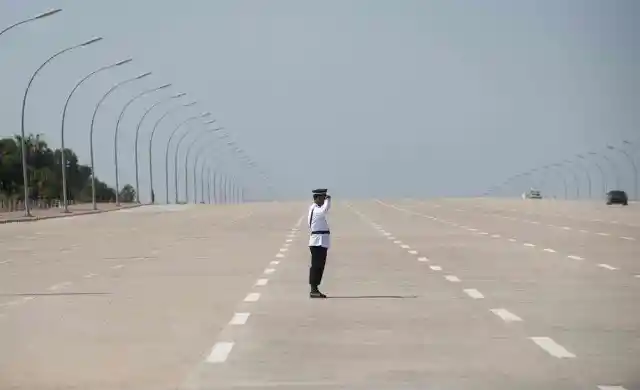

Seems impossible, but when it comes to the capital of Burma, most of the western world has never even heard of this sprawling metropolis. This story is definitely one to mark down as so strange it could be fiction.
Unheard Of to Most of the Western World
The city in question is called Naypyidaw and most likely you haven’t heard of it. Don’t worry, you’re not alone.
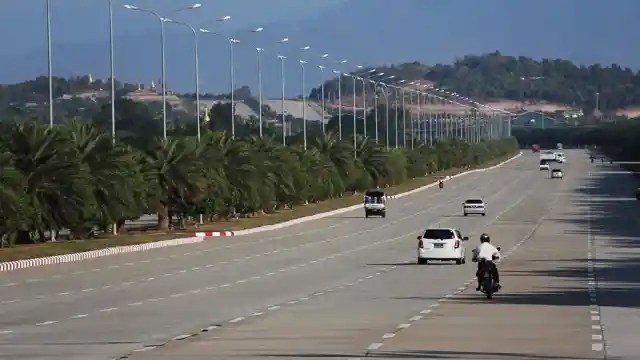
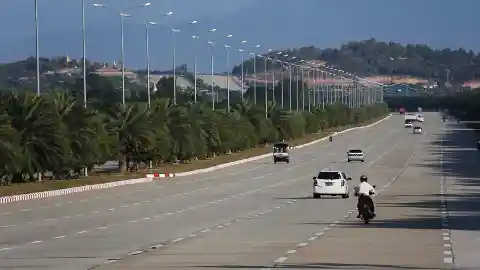
The city was constructed without much fanfare by the Burmese government and no one really knows why. You have to dig deep into the details to see how it all came to be.
The Capital No One Knows About
What’s even stranger about this whole affair is that the city is the capital of the country. Burma is a small country in Southeast Asia.

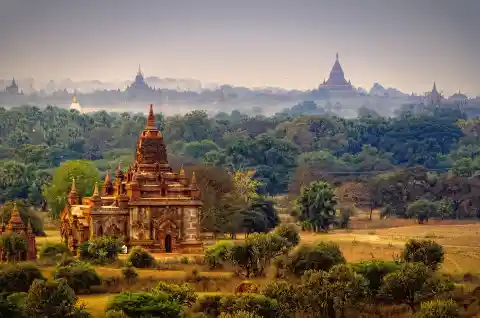
Roughly ten years ago, the government quietly decided to move the capital from Yangon to Naypyidaw, which was a surprising move since most of the Western world didn’t even know the city existed, including the residents living in Burma.
A Strict Military Regime
However, it’s not surprising that the government didn’t maintain open lines of communication. Burma has one of the strictest military regimes in the world.
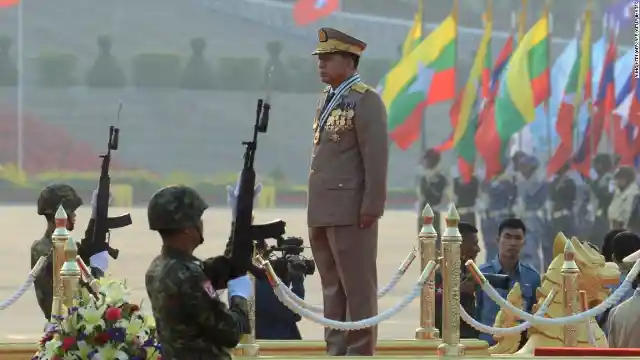
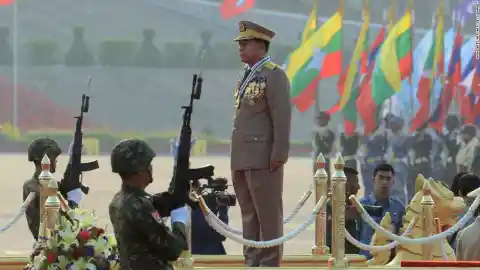
The government has suppressed democracy and refuses to allow any form of progress, despite the population begging for a change of direction.
Out of Reach from the West
Since the move of the capital city, it’s been pretty much out of reach to the western world.
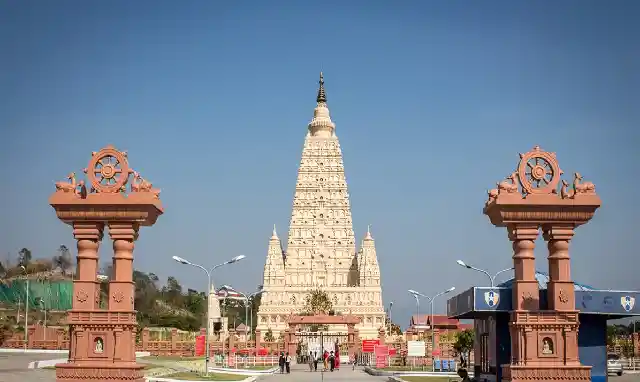
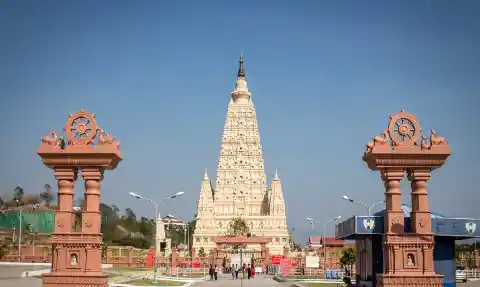
Despite travel to the city being open and its massive size, it still remains a ghost town of sorts, with a minimal population and vacant buildings and streets. It’s quite the anomaly and has to be seen to be believed.
Designed for Millions
The city was designed to host millions of residents to prevent crowding. From the sprawling 20-lane highways to massive residential district, you would think this was designed to be the Capital from “The Hunger Games.”
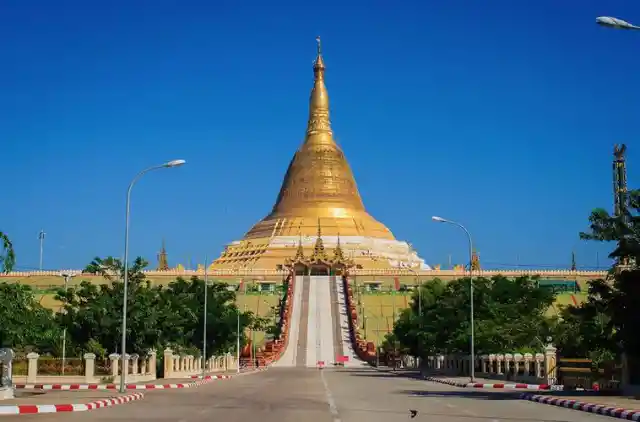
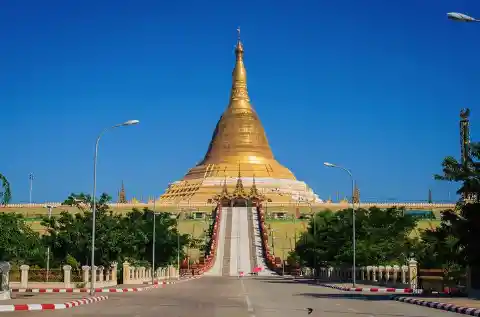
However, the only people you will see on an average day is a few government workers.
Built for Billions
The exact total isn’t officially known, but the city costs billions to build. The architecture is modern and intricately designed, featuring beautiful landmarks that rival some of the most popular cities on the planet.
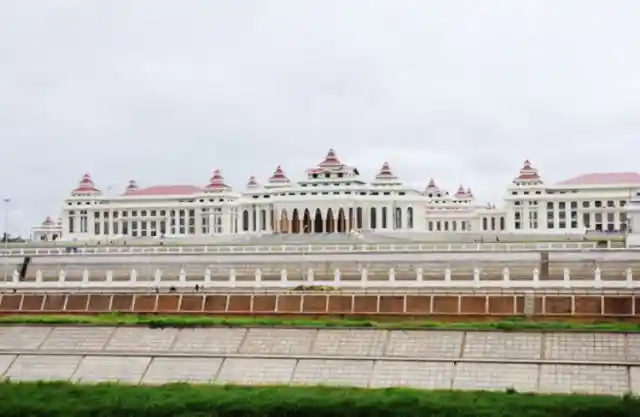
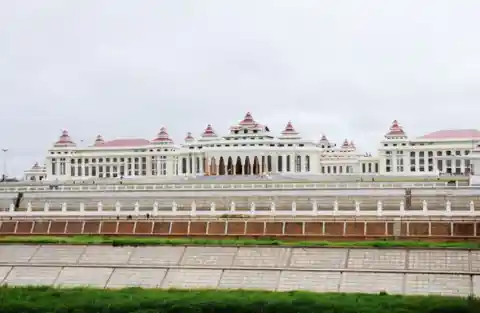
Sadly, barely anyone has had the chance to experience them.
An Unsettling Vision
Reporters from The Guardian had the opportunity to visit Naypyidaw last year and found the entire experience unsettling, to say the least.
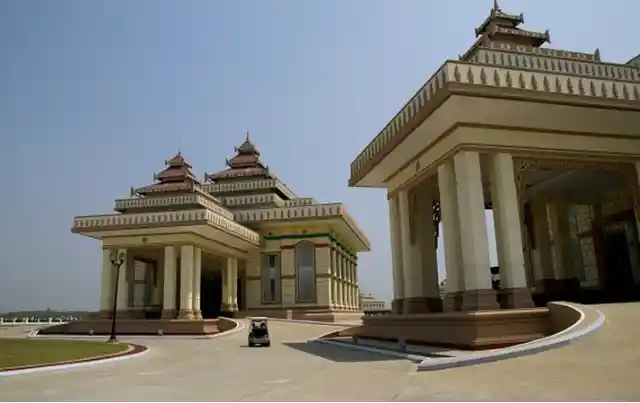

The city was described as “an eerie picture of post-apocalypse suburban America; like a David Lynch film on location in North Korea.”
Built in the Middle of the Jungle
One of the main factors contributing to the city’s seclusion is its location. The city was built deep within the sprawling Burmese jungle.
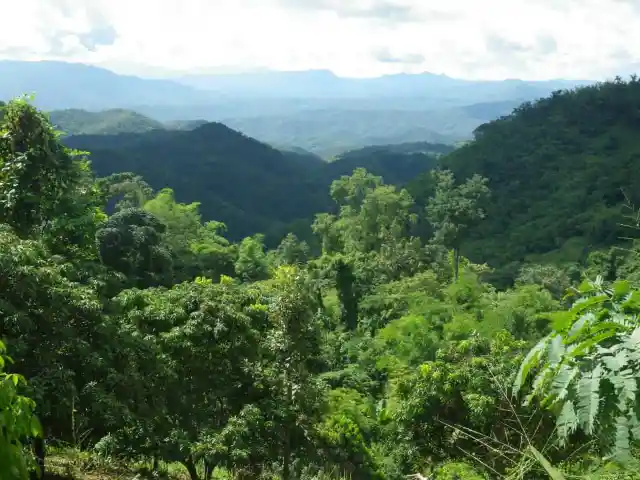
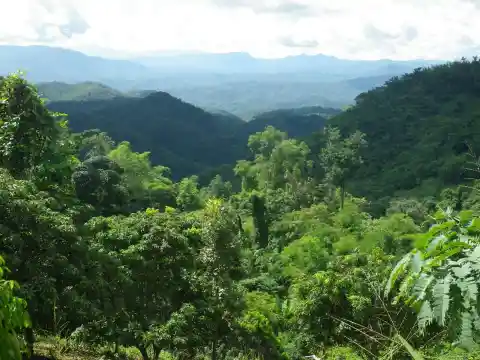
The jungle is not the easiest environment to navigate through and keeps the city at an inconvenient reach from tourists and locals. While the city government has expressed an openness to businesses and foreigners relocating to the city, its location and the lack of promotion seems to suggest otherwise.
The Streets Are Massive
One of the more peculiar features of the city is its massive roads. Some highways expand up to 20-lanes yet you will never see any cars on them.

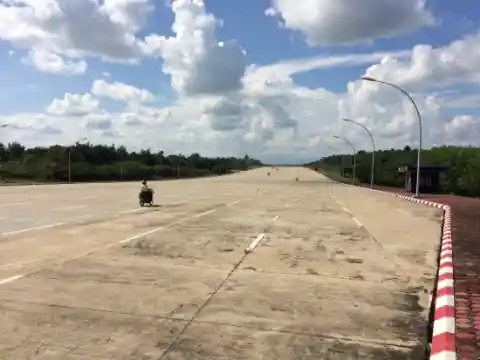
Sometimes you may spot one or two government vehicles, but for the most part, the streets are vacant. Pretty eerie, right?
Government Workers Only
Most of the time you will see government workers going about their day. They clean the streets and the landmarks, as well as maintaining the grounds of the city’s various districts.
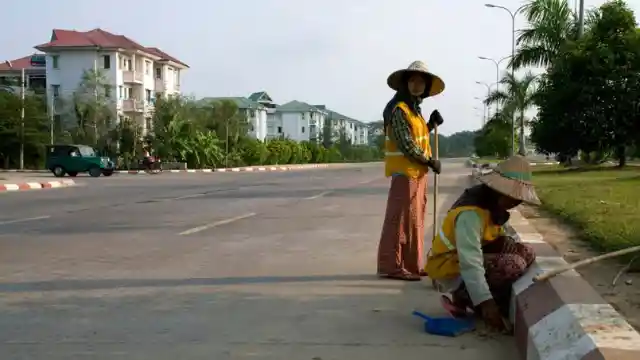
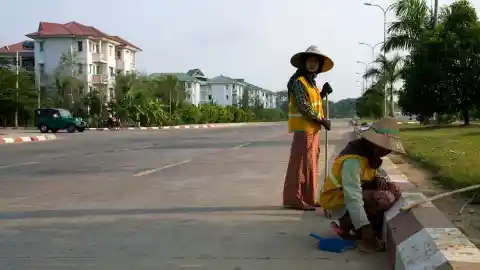
One has to wonder why, since there is literally no foot traffic on a regular basis. Why have fulltime workers?
An Extensive Network of Underground Tunnels
One rumor that swirls around the development of this mysterious city is that the government contracted technicians from North Korea to build an extensive network of underground tunnels beneath the city.
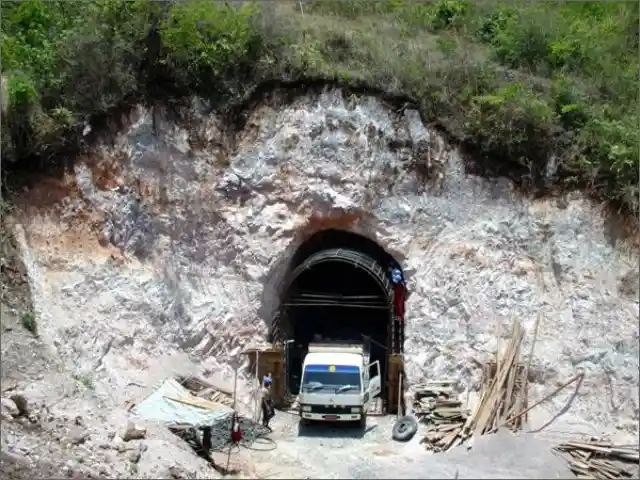

We’re not sure what they would be needed for in a place that’s basically abandoned, but we can’t imagine it’s legal.
Construction Began in 2002
While there are few details, we do know that the city began construction back in 2002 and was considered a vanity project by Than Shwe, who was the Burmese head of state from 1992-2011.

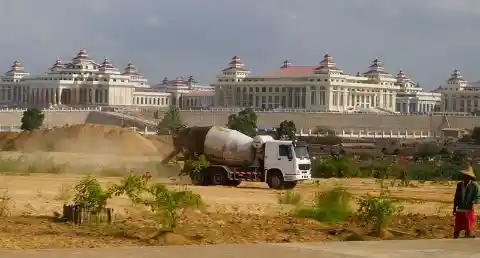
There were over 25 construction companies hired by the government to build the city, which was completed in November 2012.
The First Public Event
The first public event for the city was held on March 27, 2006, as part of Myanmar’s Armed Forces Day.
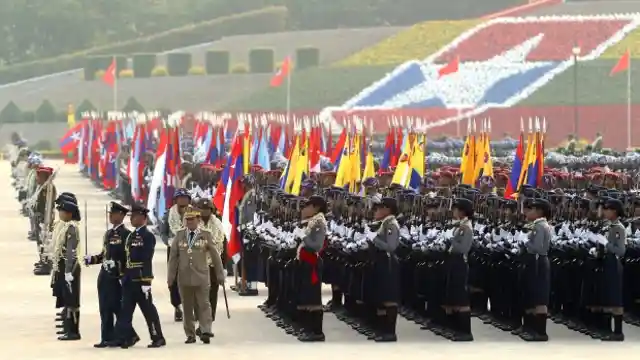
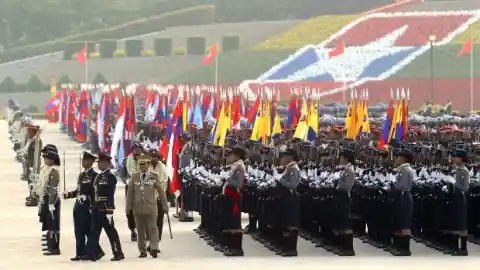
Despite the city still being in the midst of construction, over 12,000 troops marched in the new capital, celebrating the anniversary of Burma’s 1945 revolution against Japanese occupation. Since the city was still far from complete, filming of the event was restricted to the area of the march.
Very Few Residents
The city is roughly 2.7 million square miles, but the population is less than 900,000 people. This number used to be less but has grown over the years.
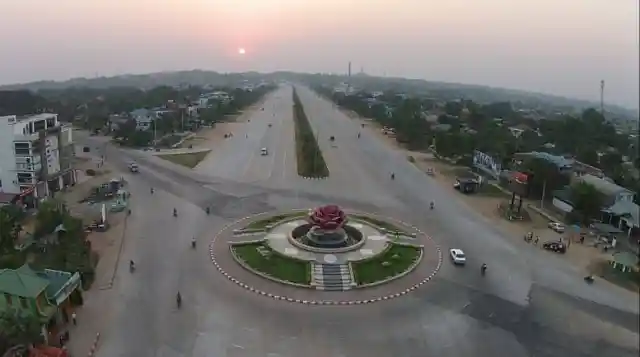
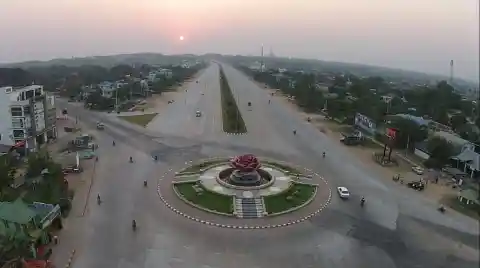
Even though that population may seem large, the city still seems pretty much abandoned due to its sheer size. To put things in perspective, New York City alone has over 8.1 million people living there.
Residential Zones
The city is divided into five main zones, with the residential zone being one of the most prominent. This area is carefully organized with apartments being allotted based on rank and marital status.
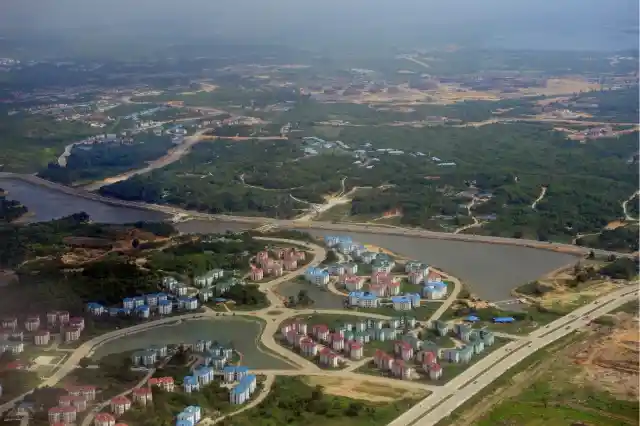

The city has 1,200 four-story apartment blocks, with the roofs being colored based on the resident’s jobs.
The Ministry Zone
The headquarters for the city’s government ministries, the Ministry Zone features buildings that are all identical in appearance.
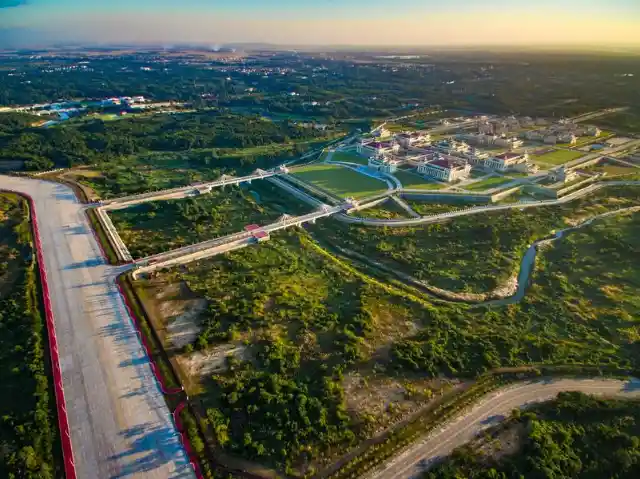
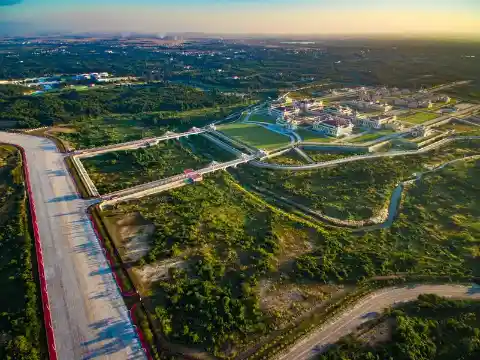
This area includes a parliamentary complex, a city hall and presidential palace.
A Zone for the Military
The Military Zone is a dedicated space where the high-ranking military officers and key officials live.
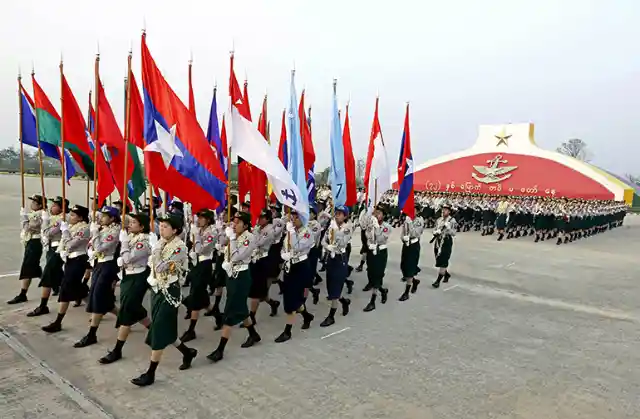

It separates them from the regular government employees and the zone is restricted to the public. The military base is also located in this area of the city, which can only be accessed via written permission.
Diplomatic Zone
You will find the foreign embassies and the United Nations HQ in the Diplomatic Zone. Currently, there is a Chinese Embassy, along with Bangladesh and Malaysia.
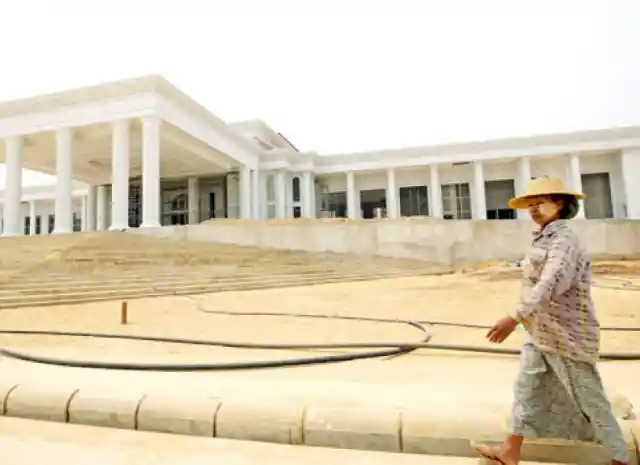
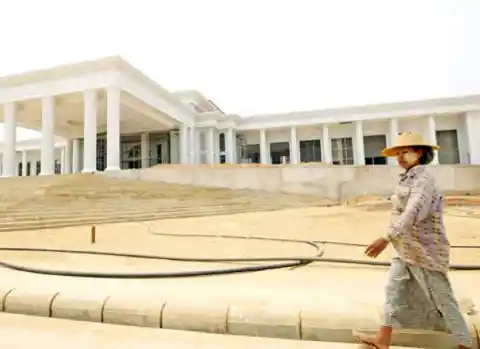
According to the government, 11 other countries have confirmed proposals to move embassies to the city, which include Russia, the United States, and India to name a few.
The Hotel Zone
On the outskirts of the city, you will find the hotel zone, where twelve luxury properties are located.

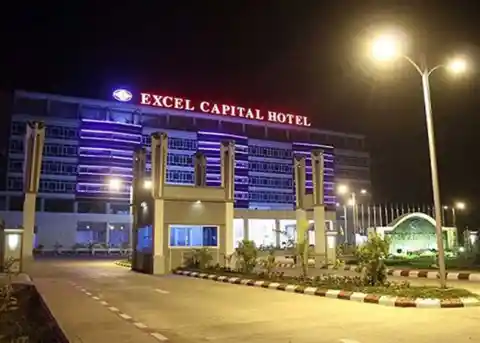
There are also 40 villas that have been constructed to house guests. Sadly, most of these places remain vacant on a daily basis.
Shopping in the Vacant City
The main commercial center for the city is Naypyidaw Myoma Market. You’ll find this area is bustling with activity due to the high concentration of locals congregating to sell their goods.
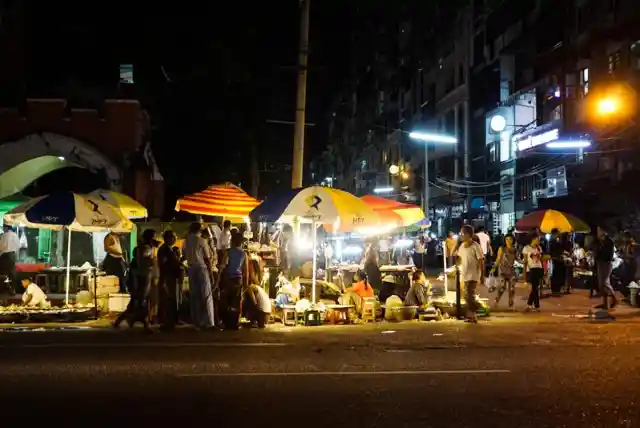
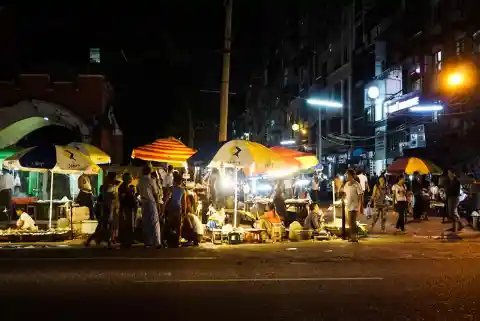
You will also find the Junction Centre, which is the first and only privately operated shopping center in the city.
Dining with No Wait
There are beautiful restaurants within the city as well, but sadly the only people in them are the workers.
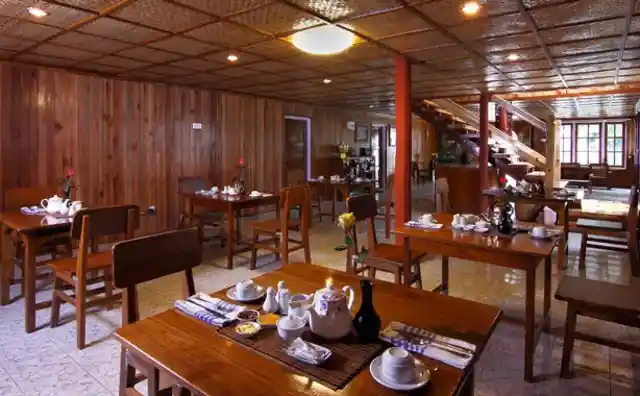
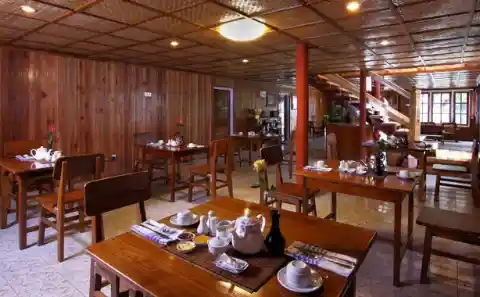
Most of the time, the dining rooms remain vacant, so if you do ever visit, you’ll be able to get right in and eat.
Beautiful Sights to See
If you ever happen to visit this strange city, you will be surprised to find how beautiful it is and that there’s much to see and do.
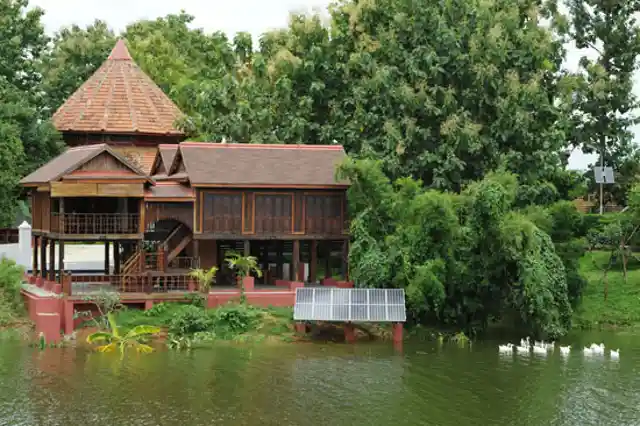

The Ngalaik Lake Gardens is a small water park that offers water slides, natural resorts, and a private beach. The gardens are also open to the public during the holidays.
National Herbal Park
The National Herbal Park is a 200-acre area that features exhibits of plants that have medicinal properties across all the regions of Myanmar.
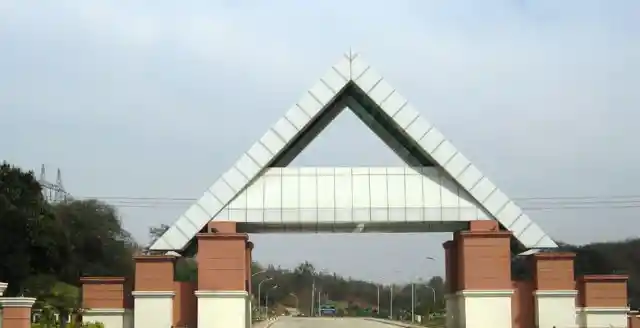
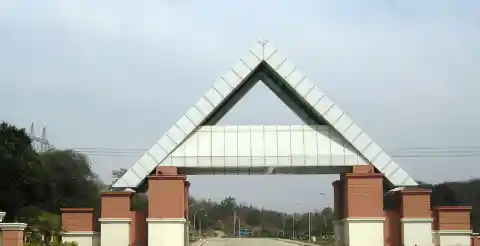
You’ll find over a thousand different plant species at the park, and a musical light show is hosted every night.
The Naypyidaw Zoological Gardens
One destination that is considered the jewel of the city is the Zoological Gardens which features over 420 animal species and houses 1500 animals.
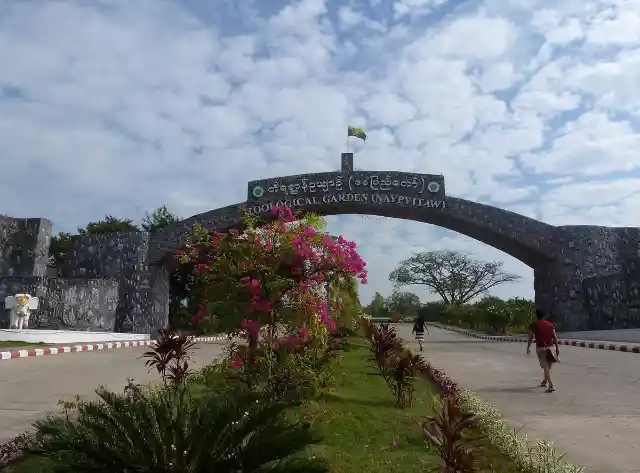
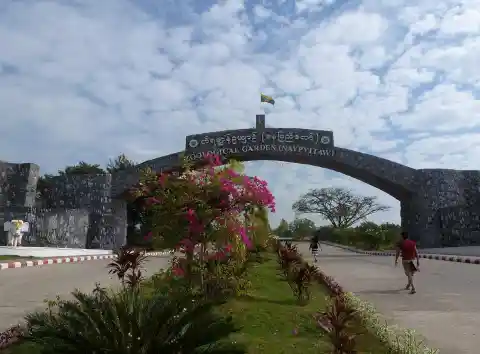
One of the highlighted attractions is the climate-controlled penguin house.
A Strict Government
The city is run by a very strict government under the administration of the President. An administrative body known as the Naypyidaw Development Committee runs the day-to-day operations of the city.
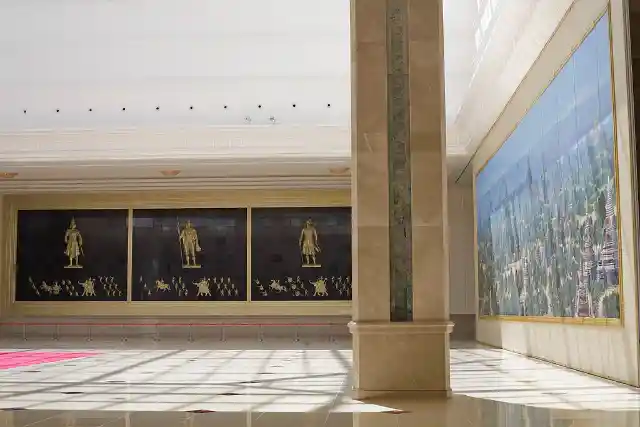
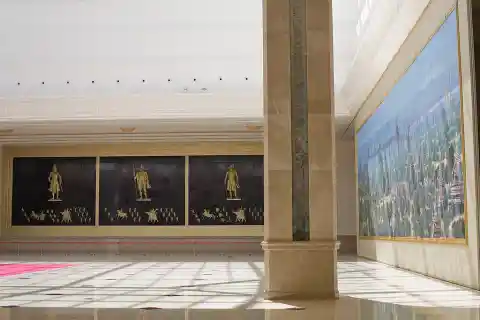
You will also find the military has a very open presence and can be quite intimidating.
Canceled Railway from Russia
In August 2011, it was reported that a Russian-based company would be building the country’s first underground rail system beneath the city.
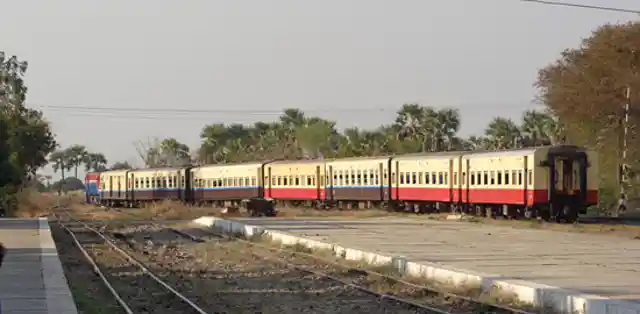
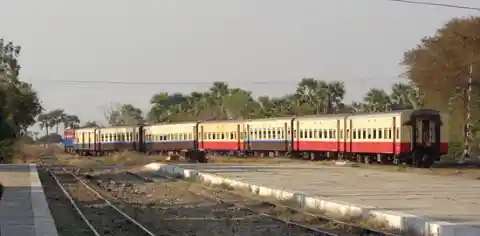
However, due to the lack of demand and budget, the project was canceled. Honestly, no one is using the streets now, so why bother with an underground transit system?
Daily Routine for None
Today, government workers continue their work routines and people in businesses perform their duties despite no one being around to entertain.

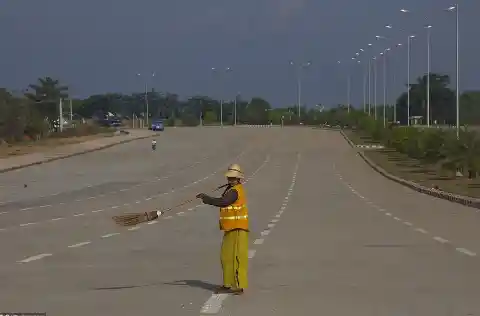
The street sweepers clean the unused streets, and cooks and servers show up at the restaurants even though seeing a customer is very unlikely.
Visitors Welcome
You would think that the city government wouldn’t want visitors with how private the capital is kept, but in reality, anyone is open to visit the city.
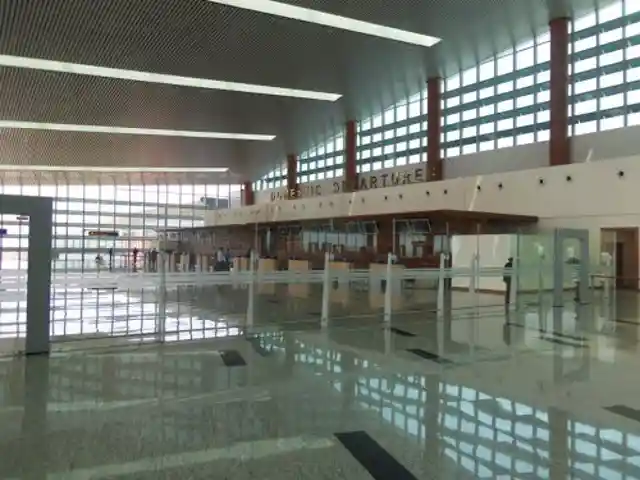
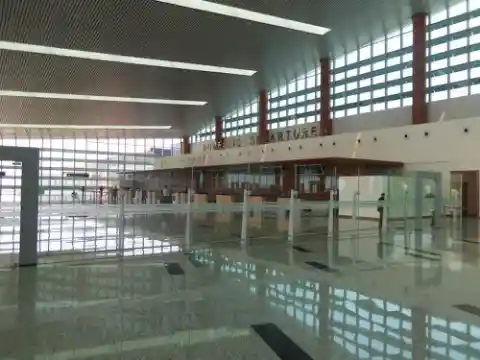
There have been several journalists and bloggers who have visited Naypyidaw and documented their travels.
A City of Ghosts
We may never really know why this sprawling mecca was built and what purpose it may ultimately serve, but it is a fascinating place.
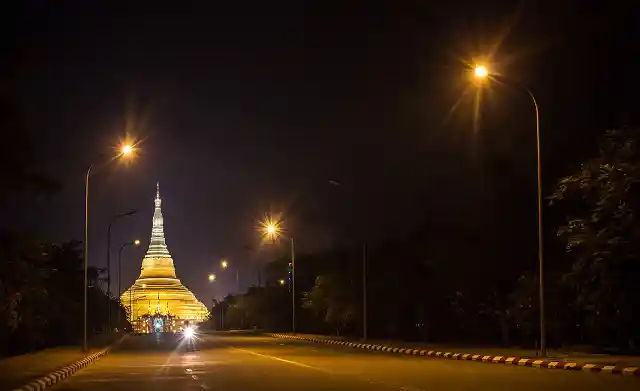
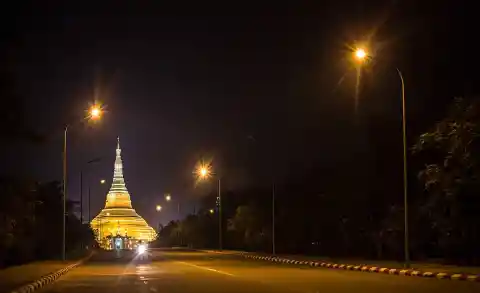
From the architecture to the culture, this ghost city is definitely one of a kind. However, you don’t have to look so far away from home in search of an abandoned city that seems out of place. All you have to do is head to Detroit, Michigan.
Detroit, Michigan
Detroit once used to be a bustling city that was known for its opportunity and its nearly 2 million residents. It was home to Motor City, a district famous for its role in the automotive industry.
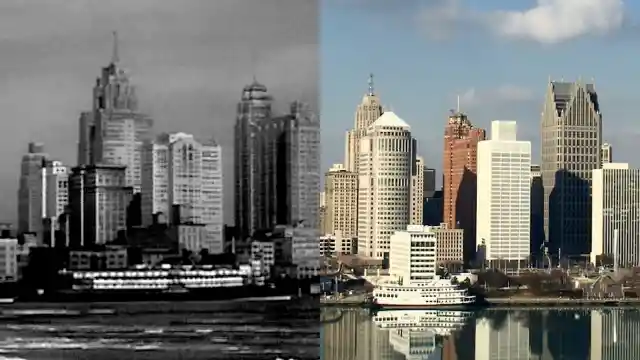
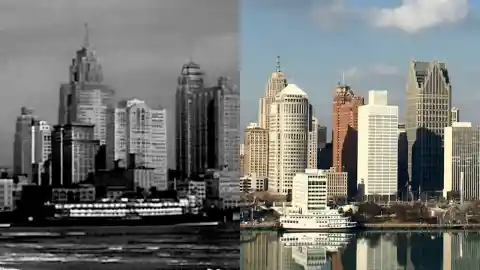
Henry Ford opened up production facilities there which helped lower the cost of vehicles and began an industry standard of mass producing trucks and cars. In the 1920’s, Detroit was where you’d want to be. Incomes were high and crime was low–a perfect place to raise a family. Until the 1980’s, that is.
A Decline
As the US automotive market started to experience a steadfast decline, Detroit’s once busy and productive streets were starting to dwindle. In 1979, Ford, Chrysler, and General Motors, produced 90% of US automobiles but by 2005, it was just 40%.

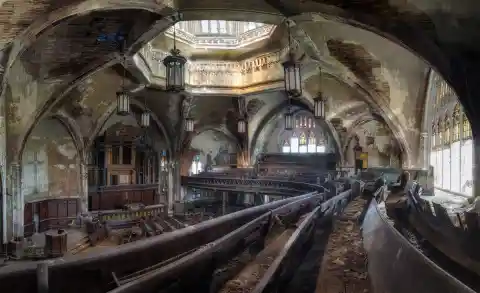
Facing strong competition from overseas companies, it was inevitable that Detroit was doomed to suffer. Stiff competition from other car manufacturers wasn’t the only thing that led to Detroits demise.
Heading For The Suburbs
As the opportunity in the city started to dwindle people chose to leave and head for a new type of living, creating suburbs. When the people left, so did their money, adding to the decline of downtown Detroit.
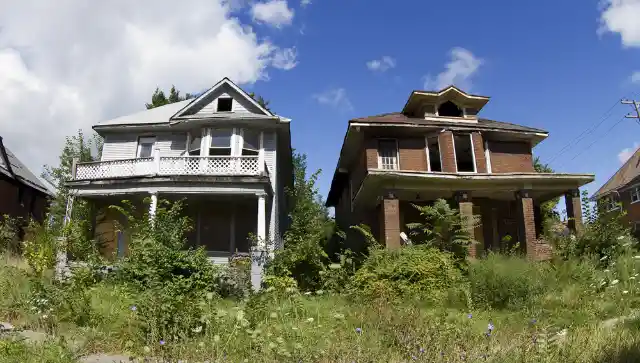
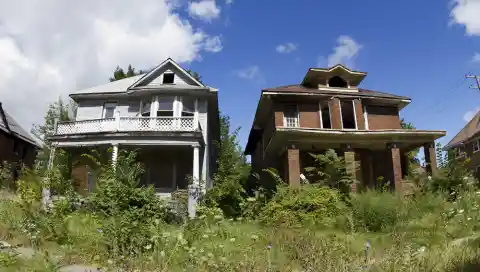
Factories had to follow the laborers, building bigger and cheaper facilities in the suburbs, and abandoning the city locations. With partial abandonment of building, Detroit was left in limbo.
Looting
The overall atmosphere left the once gorgeous downtown eery, stuck in time.
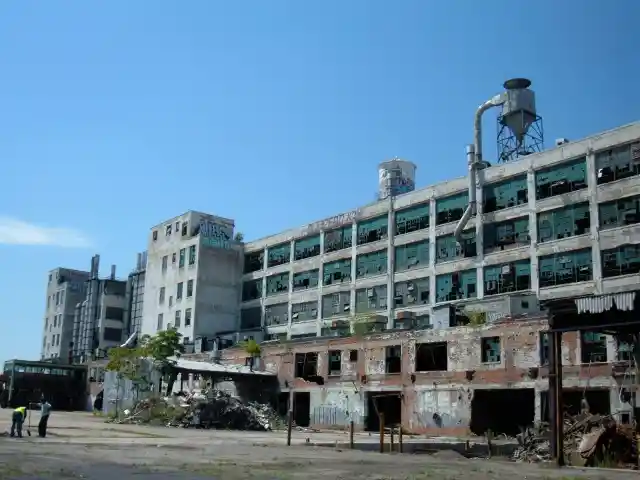
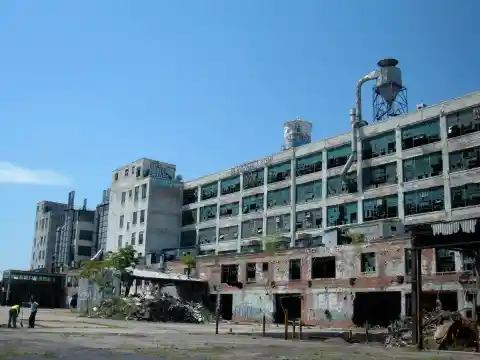
Empty desks remain in offices, overturned furniture is scattered throughout old hotel rooms, and the architecture is left picked apart. Even the most important buildings were abandoned.
Michigan Central Station
The 18-story train station was once one of the most important and used buildings throughout the downtown area was abandoned, an empty shell of what used to be. Buildings like this leave a depressing feeling throughout the city, representing what used to be and what has been forgotten.
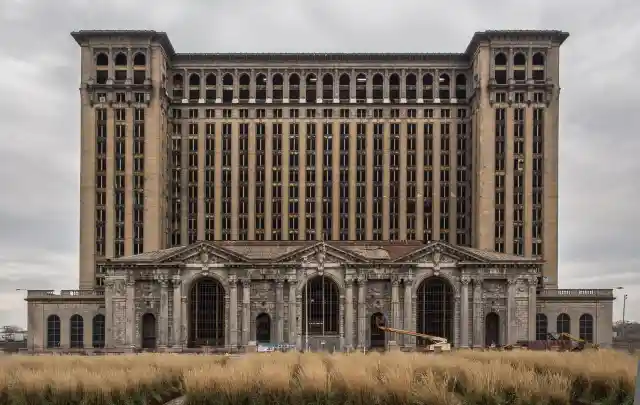
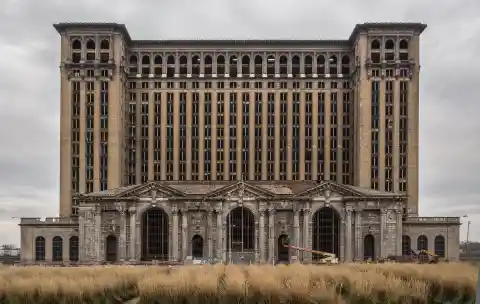
With all the change that the city has seen throughout the years it’s no surprise that even though the masses have left this place in the past, new beginnings can be seen if you look hard enough.
New Beginnings
With the prices of land so low, some buyers are purchasing old buildings and lots, leveling them for new beginnings. Some longtime Detroiters have returned, rebuilding old Victorian homes in hopes the economic state of the city will rise.
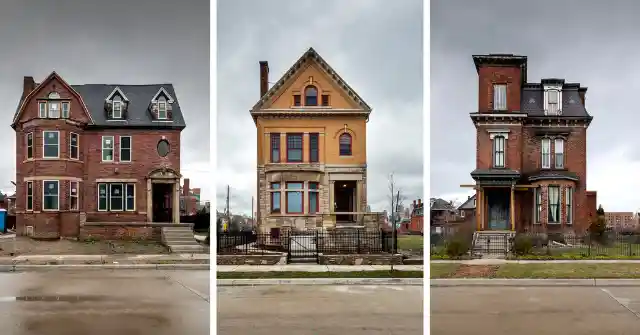
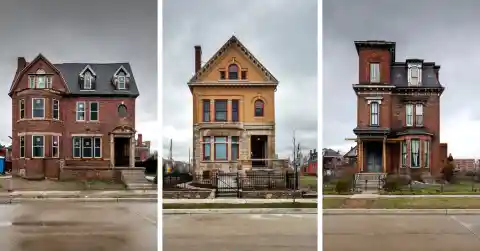
As the city rises from bankruptcy, normal maintenance has finally returned like the upkeep of storm drains and street cleaning, bringing life back into the streets.
A Long Way To Go
Mike Duggan, Detroit’s Mayor, acknowledges that the city isn’t out of the woods yet, and much has to happen before it gets there. For one, city officials must keep a close eye on all budgets, to ensure the financial disaster doesn’t happen again.


People also have to stop moving away if there is any hope for reviving a city that used to thrive as one of the third largest in America.
Talking With The Mayor
“The population number is the number by which we either win or we lose,” Duggan told The New York Times. “Is this the year we turn the corner?” he pondered. There are still around 700,000 people living within the city, yet that number seems to have plateaued.
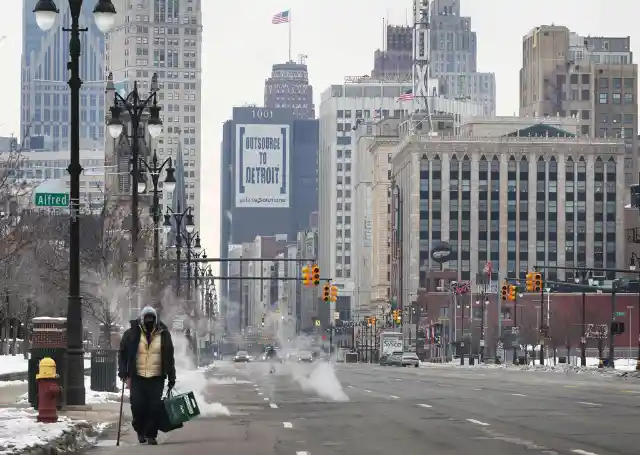
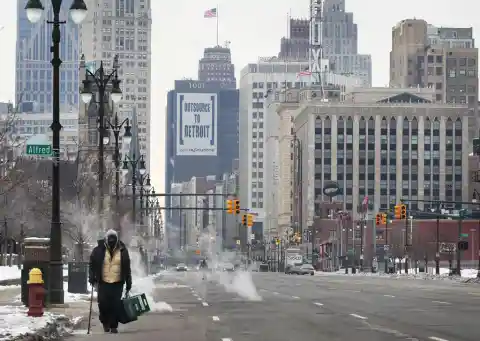
It will take years to rebuild this abandoned city, but what we’ve seen thus far is promising.
Old Becomes New
The Capitol Park Art Deco building was acquired by the real-estate firm Bedrock, and has seen massive renovation in the last 3 years. It plans to feature retail shops, residential spaces, and offices to appeal to tourists and locals alike.
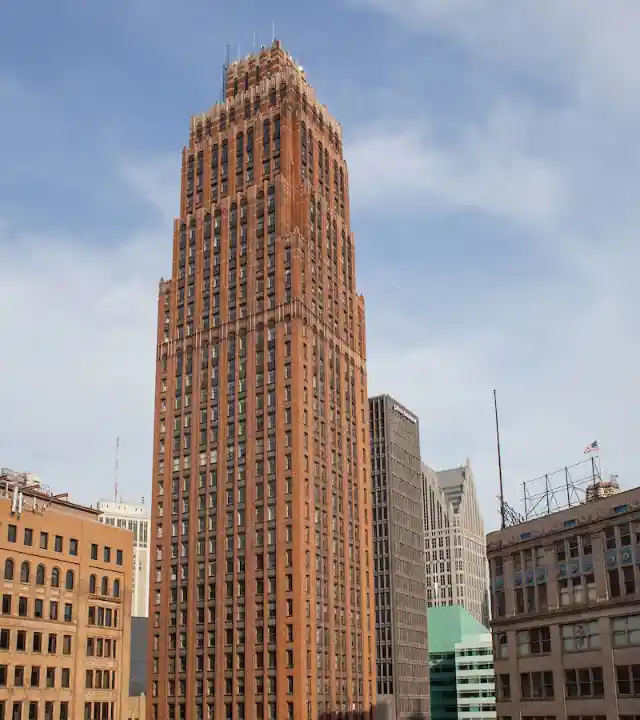

The Metropolitan Building is also being redone and will open as the 110 room Elemental Hotel.
Rebirth
Bedrock has also purchased the old Detroit Free Press Building, which will also feature residential spaces, offices, and retail. The $69 million dollar renovation plan shows great promise for Detroits rebirth.
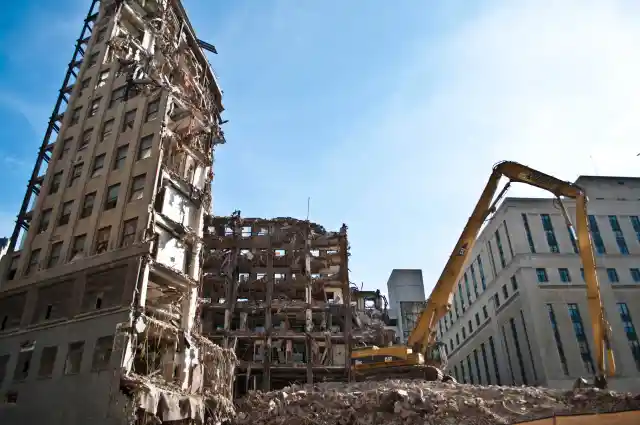
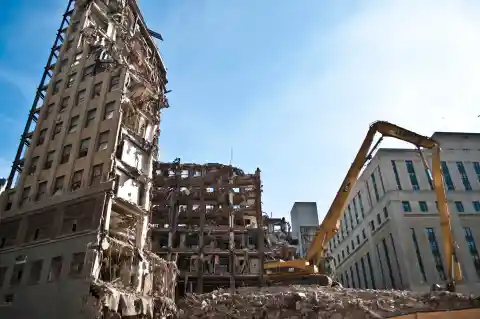
Although construction can be seen throughout the city, Detroits future is still depended on people giving this historic city a second chance.